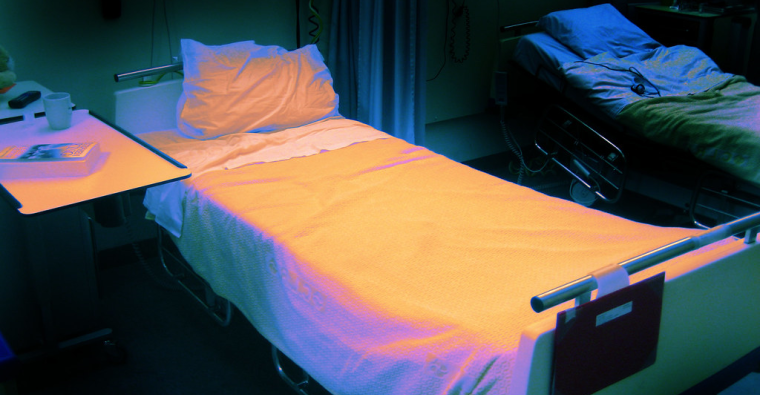
Hospital infections – guidelines and reality
You don’t have to go far to read a good sci-fi - public international recommendations for the prevention of nosocomial infections are available to everyone, for those who like the genre of utopia (1,2). In this article, we want to provide an insight into the world of healthcare-associated infections (HAIs).
A hospital-acquired infection (HAI), also known as a nosocomial infection, is an infection that is acquired in a hospital or other health care facilities, such as rehabilitation centers, outpatient clinics, diagnostic laboratories, nursing homes. To emphasize both hospital and nonhospital settings, we refer to the phenomenon as healthcare-associated infection (HAI or HCAI). Such an infection can spread to the susceptible patient in the clinical setting by various means: mostly by the health care staff members themselves in addition to contaminated equipment (like catheters), bed linens, or air droplets. For a HAI, the infection must not be present before someone has been under medical care.
About 3.5-12% of the people admitted to a hospital will acquire HAI in Europe. HAIs are associated with significantly longer hospital stays, high morbidity, mortality, and increased hospital costs.
As medical care becomes more complex and antibiotic resistance increases, the cases of HAIs will also grow. The good news is that HAIs can be prevented in a lot of healthcare situations.
By definition, these infections must occur:
-
up to 48 hours after hospital admission
-
up to 3 days after discharge
-
up to 30 days after an operation
-
in a healthcare facility when someone was admitted for reasons other than the infection
Most often the symptoms are urinary tract infections (UTIs), surgical site infections, gastroenteritis, meningitis, pneumonia, which could be perceived as:
-
swelling, reddening and discharge from a wound
-
fever
-
cough, shortness of breath
-
burning with urination or difficulty urinating
-
headache
-
nausea
-
vomiting
-
diarrhea
If you experience these within yourself or your loved ones within the given time limits or during hospital treatment, be sure to let the staff know!
The most common infectious agents in such cases are Staphylococcus aureus, Clostridium difficile, Escherichia coli (E. coli), Enterococcus and Pseudomonas aeruginosa, which are usually routinely diagnosed by blood sampling. In suspicious cases, it is also possible to diagnose these using private services.
The rate of infection caused by Clostridium difficile showed a declining trend a few years ago but has been rising again since 2016. In 2017, there were 27 cases, and in 2018, 28 cases per 10,000 patients. In 2018, 5,549 cases were diagnosed, which is about a hundred more than in 2017, but since fewer patients were treated here in 2018 than in 2017, the rate is worse in this case as well. In 249 cases, death was confirmed to be caused by Clostridium.
Knowing that these are only cases that have been accurately documented, we can think of the number of cases that may not have been noticed or not adequately documented by medical staff.
What we can do as a patient and a relative is
-
immediate, well-articulated indication of symptoms until the patient receives specific care
-
aiming for rooms that are as small-numbered as possible
-
leaving the wound and medical devices intact.
However, we need to know that most precautions should be taken not by the patients and their loved ones, but by the particular health care institution and its staff to prevent nosocomial infections.
References:





0 Comments